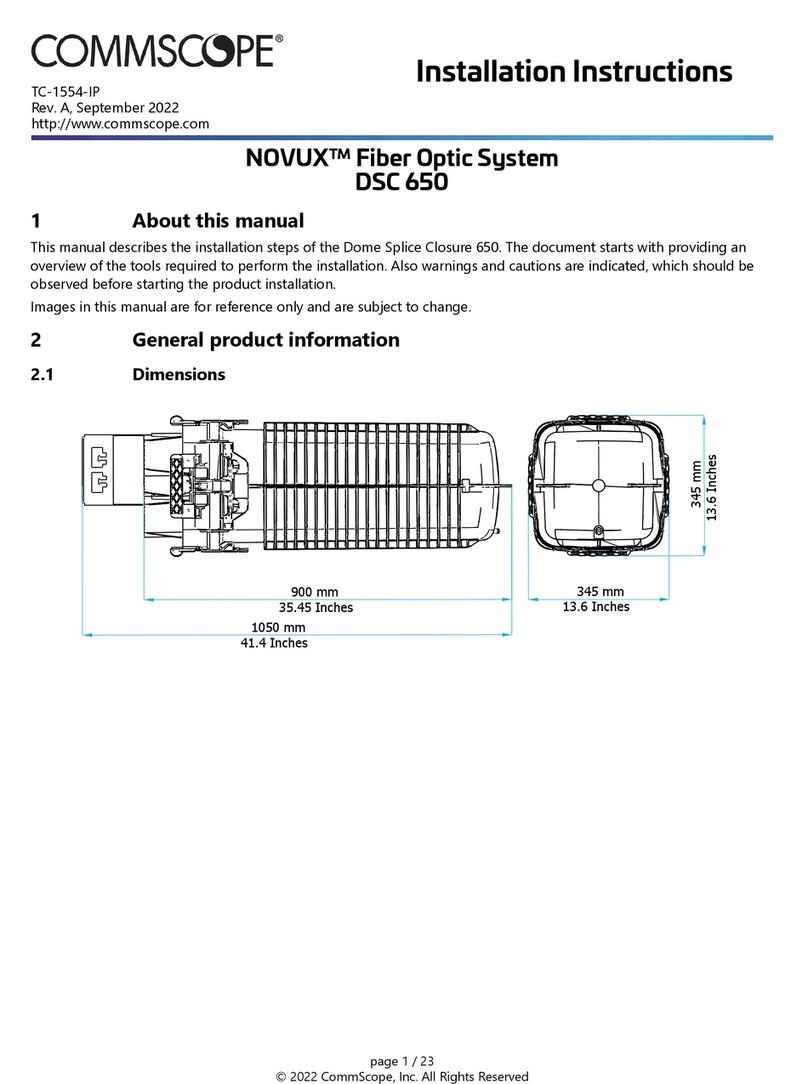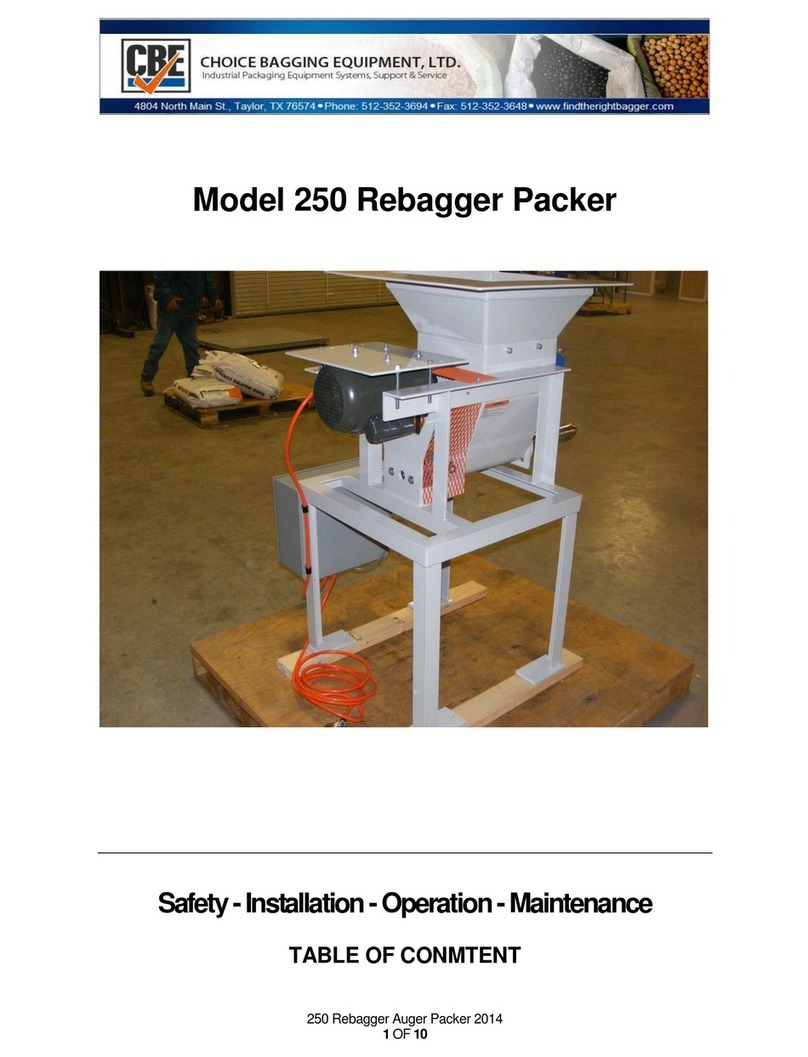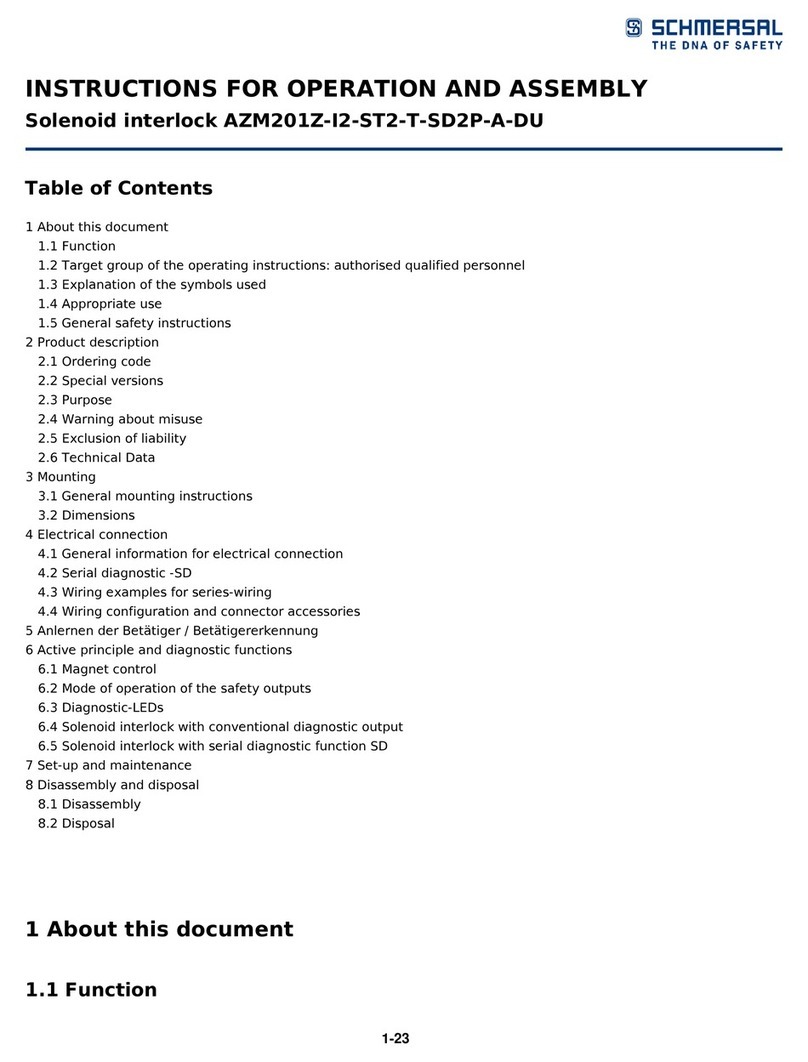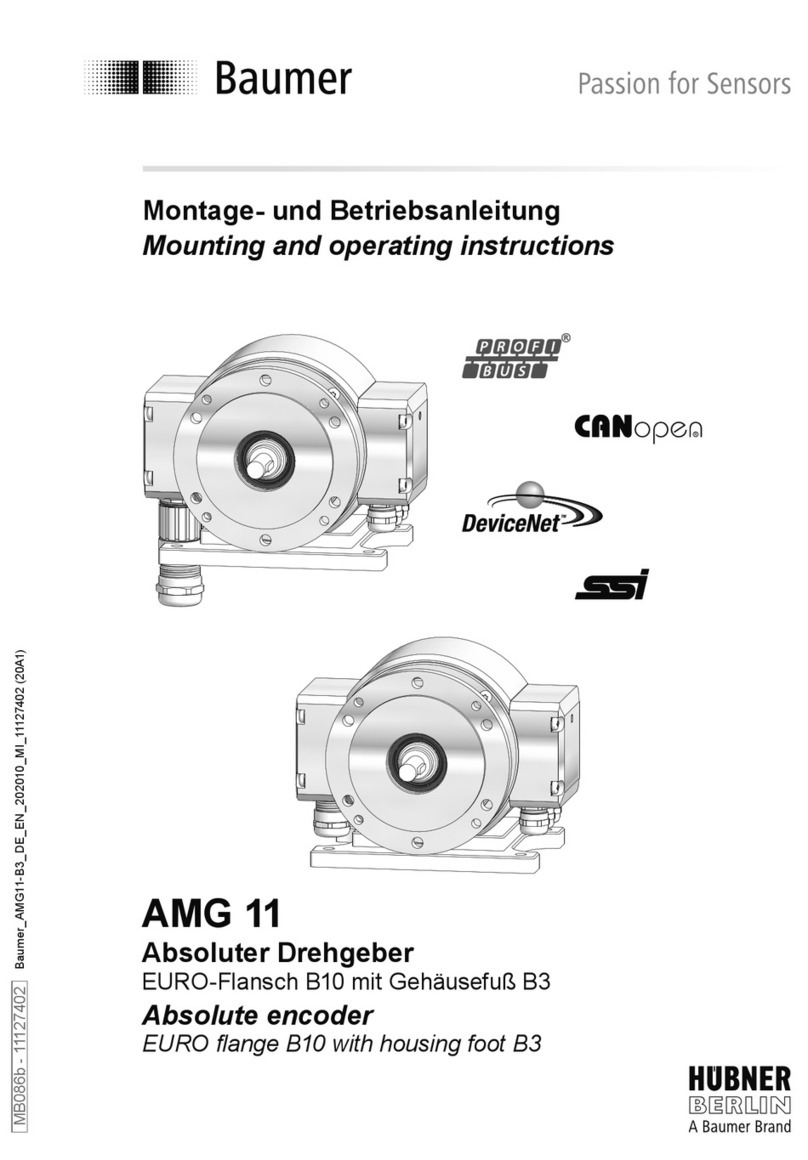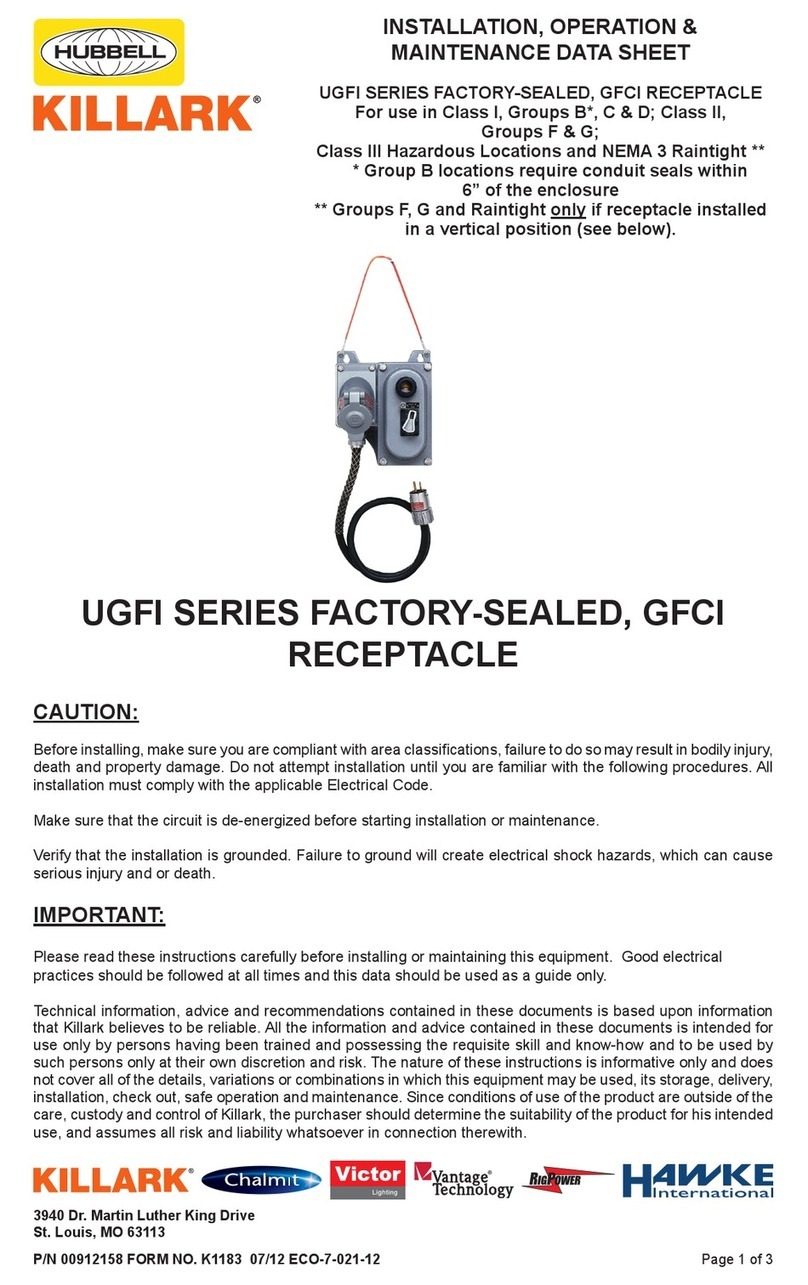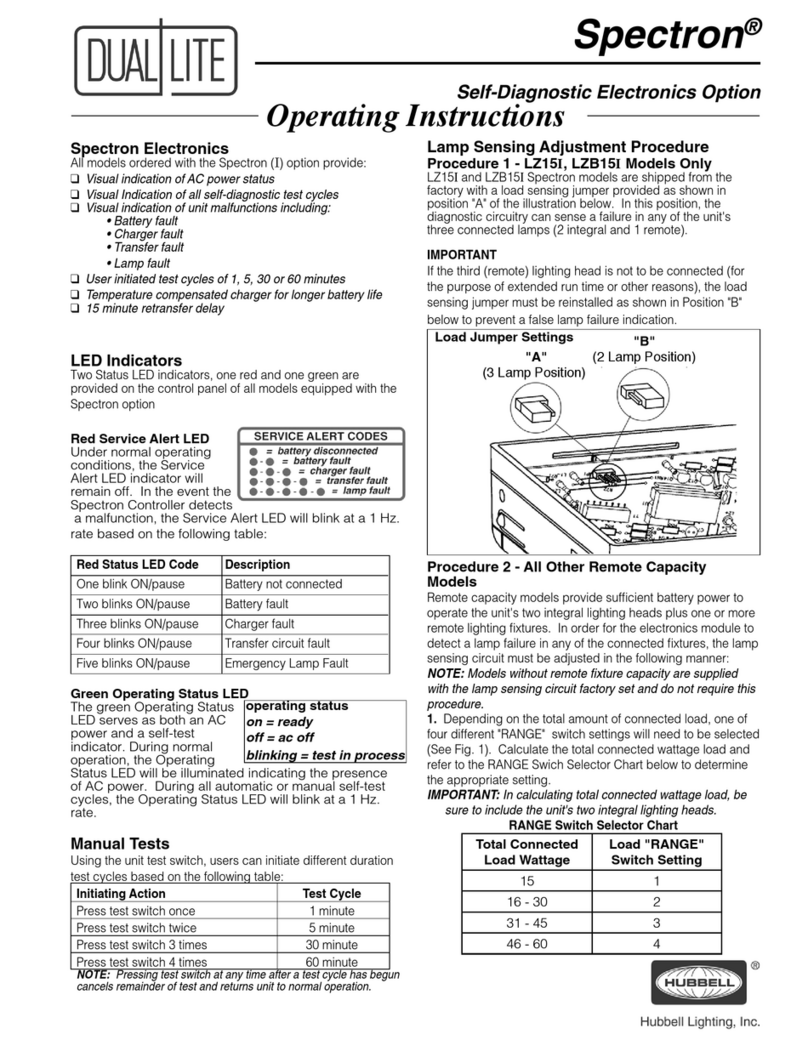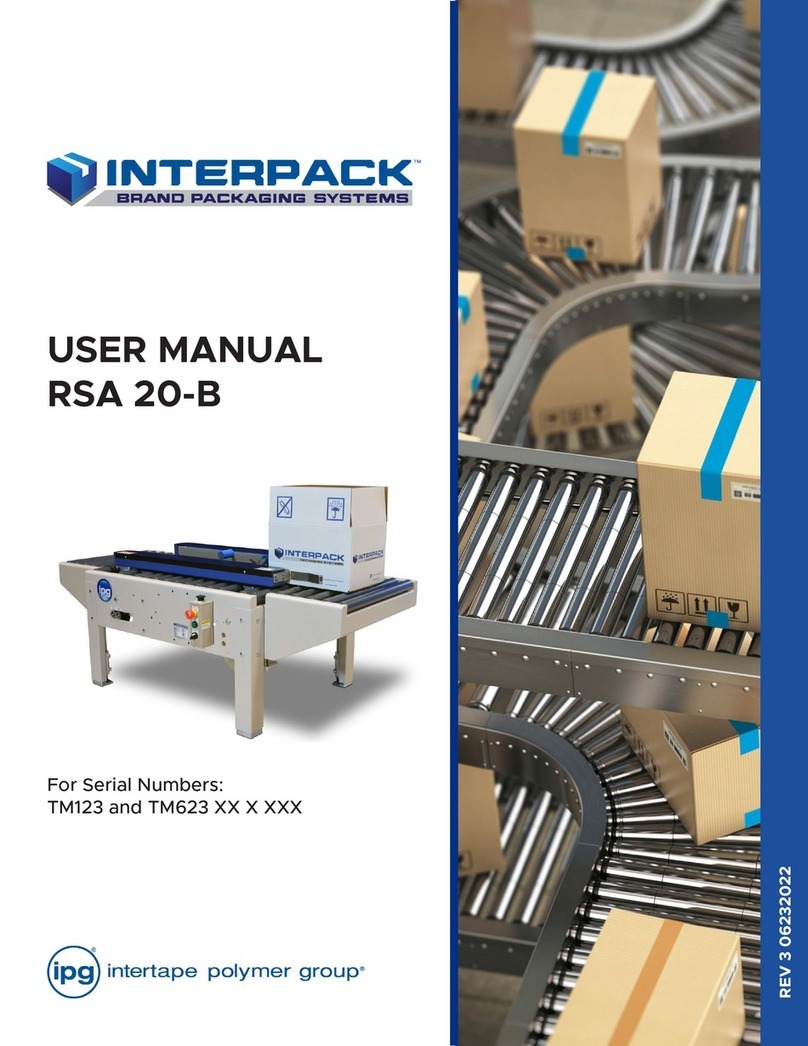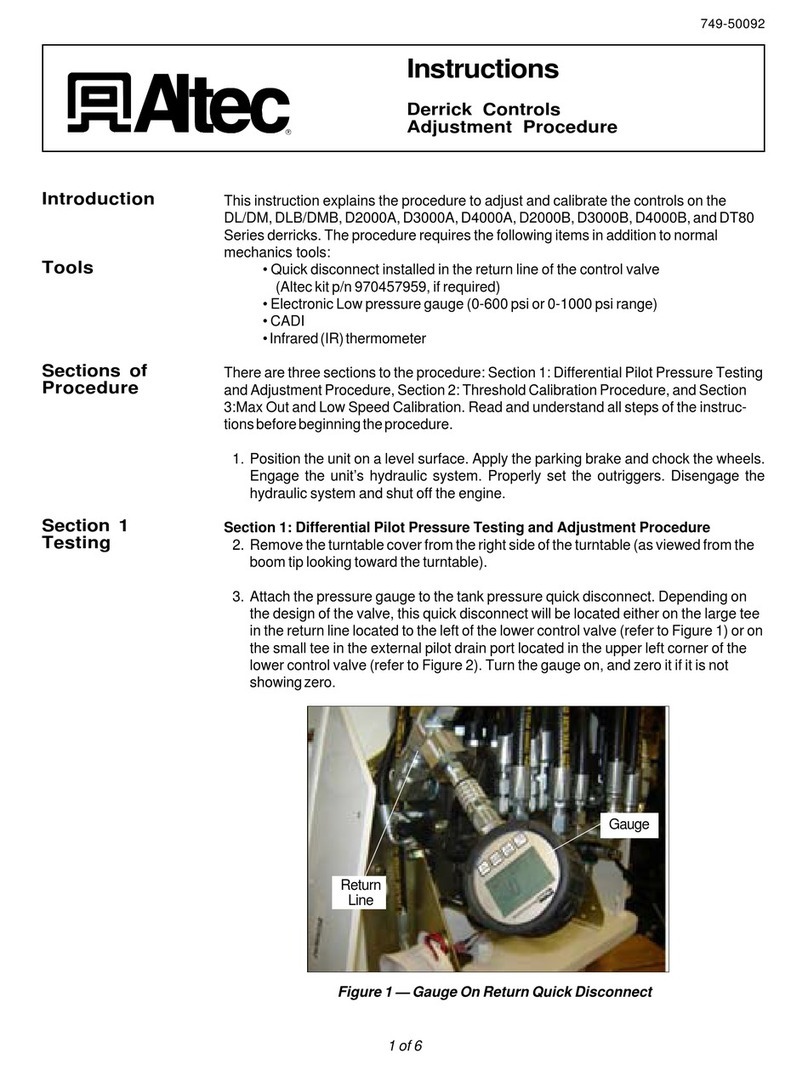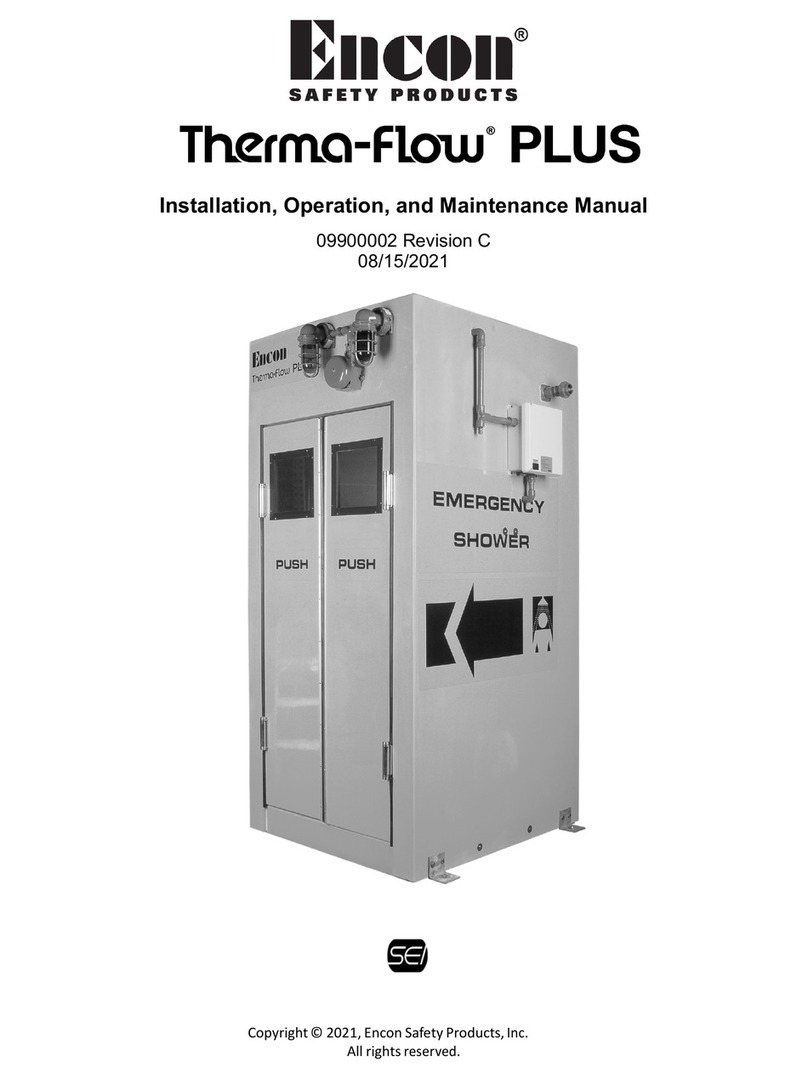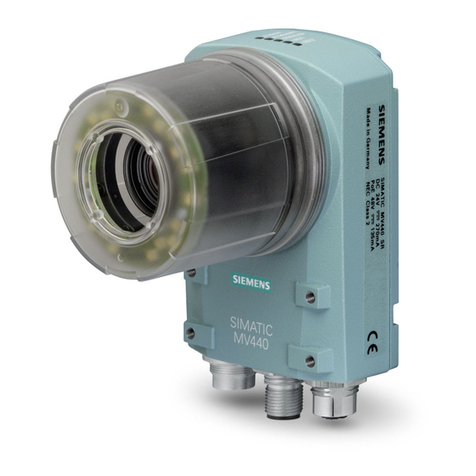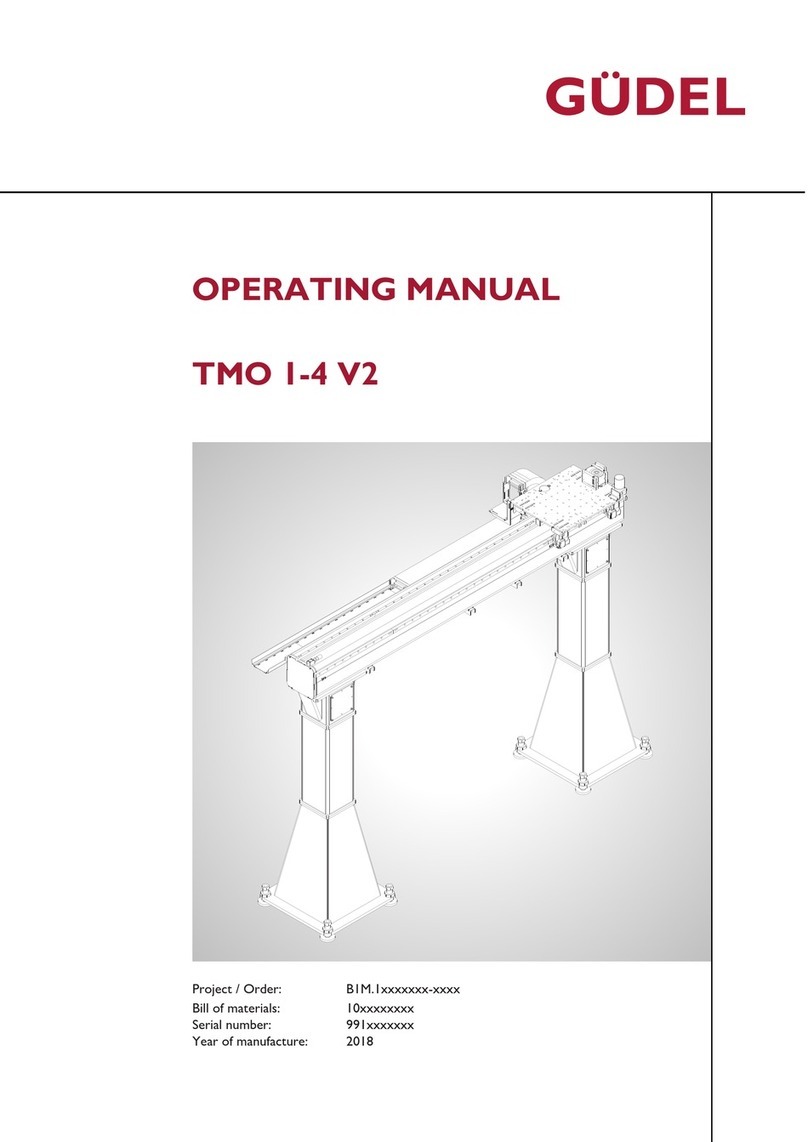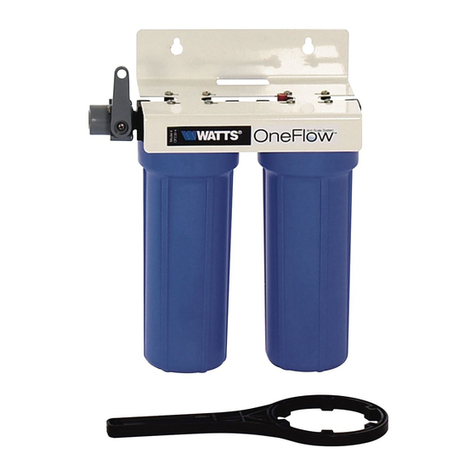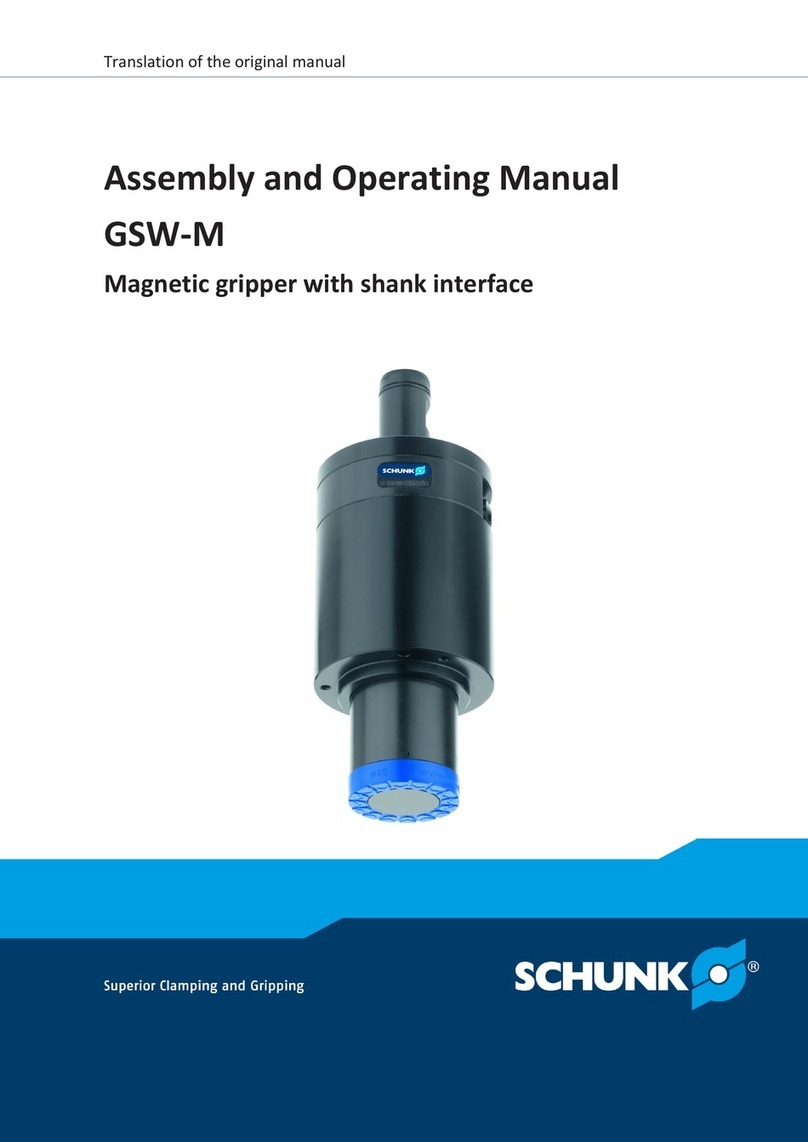
Doc. No.: 09900003A Rev. F Page 17 of 26
Issue Date: 07-19-11
V. TROUBLESHOOTING
SYMPTOM PROBLEM SOLUTION
No flow Hot or Cold water supply valve is shut
off. Open water supply valves.
Delivered water is under
temperature. 1) Hot water supply valve is shut off or
supply is not hot
2) System thermostat (1-TAS) failed.
3) Mixing valve (1-TCV) is not func-
tioning properly.
1) Open hot water supply valve.
2) Replace 1-TAS according to Section IV-C
(page 6).
3) Check 1-TCV according to Section IV-B
(page 5).
Blended water is flowing and
within 80°F to 90°F [26.7° to
32.2°C]) range, but blending
indicator light remains off.
1) Blending indicator light may need
replacement.
2) Cold water supply temperature may
be too high (above 92F/33.3).
3) System thermostat (1-TAS) is not
functioning properly.
1) Check and if necessary replace blending
LED.
2) Check and if necessary Bring cold water
temperature within limits (between 33and
75F [0.56and 23.9]).
3) Check 1-TAS according to Section IV-C
(page 6).
Delivered water is over
temperature 1) Hot and cold water supply
Connections reversed.
2) Cold supply too hot
1) Correct and reconnect.
2) Correct overheating of cold water supply.
Blended water pulses from hot to
cold to hot, etc. Flow may be below the 2.0 GPM flow
switch (1-FLS) set point. Increase flow rate of supply water to or from
blending system.
Solenoid valve is sluggish or
inoperative, but electrical supply
and pressure check out.
Internal components in the solenoid
valve body may be damaged, dirty, or
foreign particles may be present.
Disassemble and inspect 1-SOL & 2-SOL
according to Section IV-E (page 8). Replace
all damaged and/or clean internal
components.
Water leakage is present at
solenoid valve body. Diaphragm assembly or flange o-ring in
solenoid valve body may be damaged. Disassemble and inspect 1-SOL & 2-SOL
according to Section IV-E (page 8). Replace
damaged or torn diaphragm, body seals, and
o-rings.
Delivered water is warm or cold
and blending light is on. Internal solenoid valve leakage. Inspect 1-SOL & 2-SOL according to Section
IV-E (page 8). Replace damaged or clean
internal valve body components.
Alarm continuous (under no flow
condition). 1) Flow switch magnet contaminated
allowing contacts to remain de-
energized.
2) Relay (1-CR) failure.
1) Clean flow switch bonnet of debris and
test. Replace if necessary. See Section
IV-A (page 4).
2) Replace 1-CR.




















